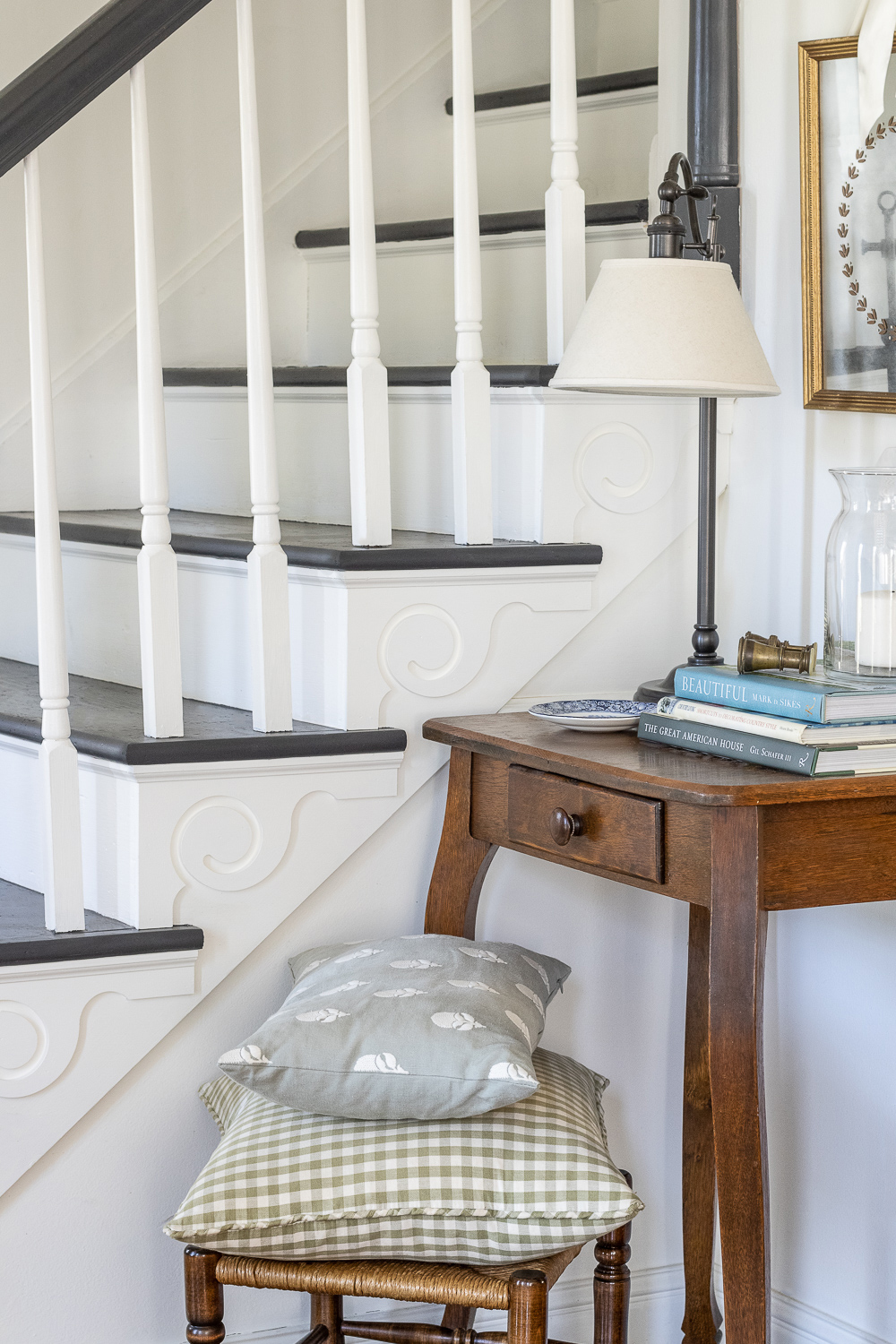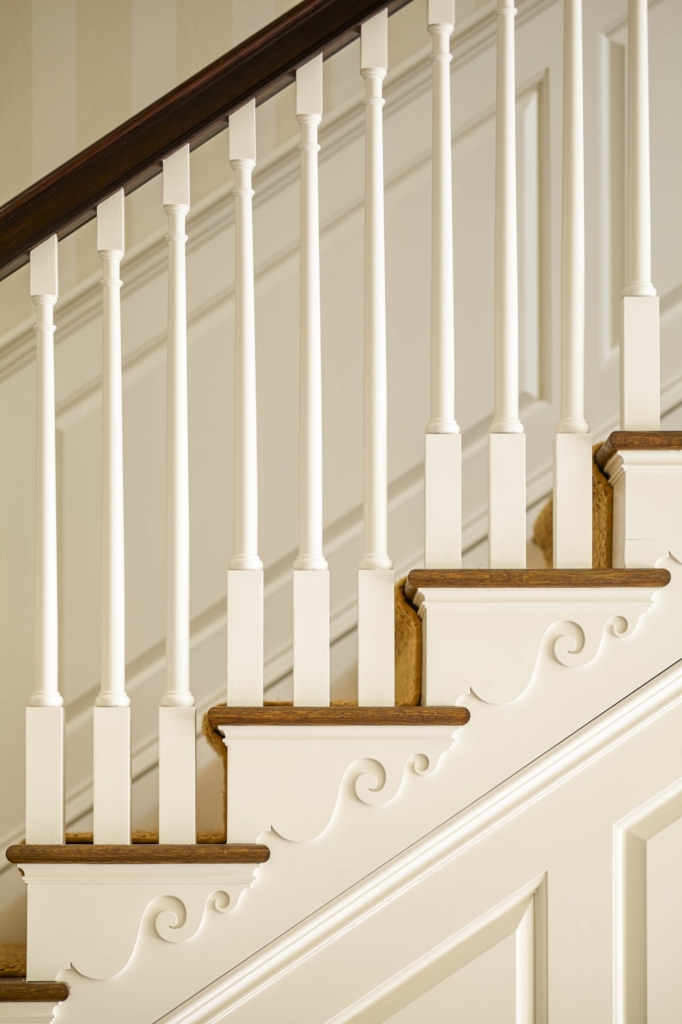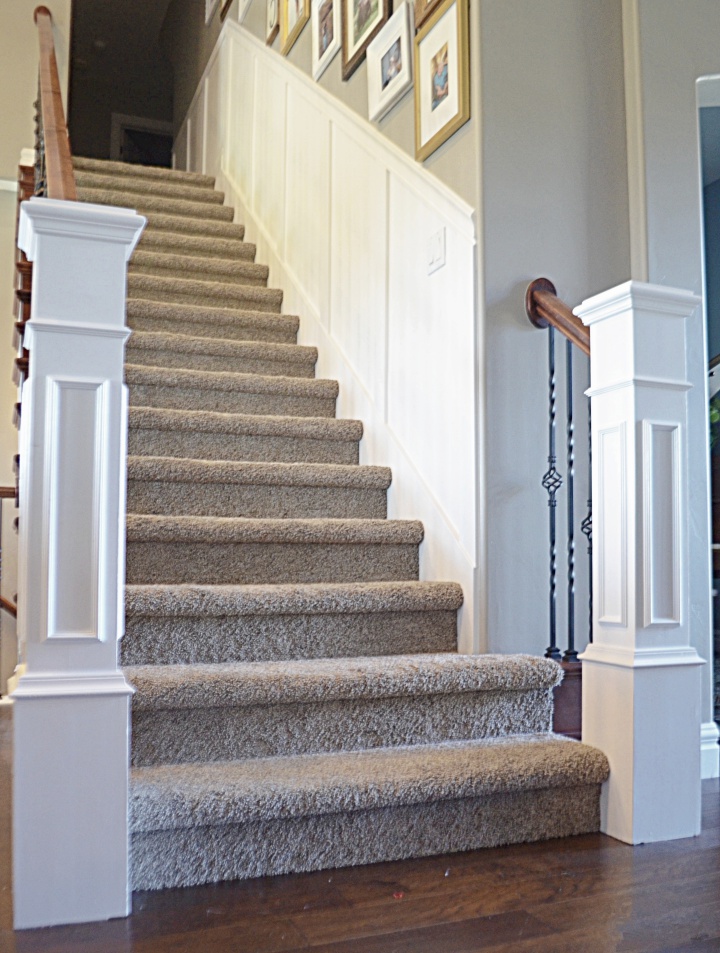Staircases often serve as the centerpiece of our homes, and adding decorative stair trim can transform them from simple structures into stunning visual elements. With my personal experience in home renovation, I can attest that the right trim can enhance not only the beauty but also the functionality of your stairs. In this comprehensive guide, we’ll explore everything you need to know about decorative stair trim, from types and styles to installation tips and maintenance.
What is Decorative Stair Trim?
Decorative stair trim refers to the various molding and casing options applied to the edges of staircases, stair risers, and landings. These finishing touches add character, dimension, and elegance to your staircase design.
Types of Decorative Stair Trim
| Type of Trim | Description | Best For |
|---|---|---|
| Crown Molding | A decorative molding that is typically used at the intersection of walls and ceilings. | Classic and traditional designs |
| Baseboard | A molding that runs along the bottom of the wall, providing a transition between the wall and the floor. | Modern and clean aesthetics |
| Chair Rail | A horizontal trim installed around the room, typically at the height of a chair back, adding visual interest. | Dining and formal spaces |
| Stair Nose | A trim that covers the edge of a stair tread, providing a smooth transition from one step to another. | Safety and style for staircases |
Benefits of Installing Decorative Stair Trim
Decorative stair trim is not just about aesthetics. It offers numerous benefits that enhance both the look and feel of your home.

Enhances Aesthetic Appeal
Trims can add elegance and a polished look to your stairway, helping it become a focal point of your home.
Increases Value
Investing in decorative trim can increase your home’s resale value by enhancing its overall design and appeal.

Protects Stair Edges
Trims like stair noses protect the edges of your stairs from wear and tear, prolonging the life of your staircase.
Improves Safety
Adding decorative trim can improve visibility and make your stairs safer, especially when using contrasting colors or materials.

Choosing the Right Decorative Stair Trim
Selecting the perfect trim for your staircase involves considering various factors, including style, material, and color.
Style Considerations
Think about the overall style of your home. Are you leaning towards a modern, farmhouse, or traditional design? This decision will guide your choices for trim styles.

Material Options
- Wood: Offers a classic look and can be stained or painted to match your decor.
- MDF: A cost-effective option that’s easy to paint; however, it may not be as durable as solid wood.
- Vinyl: Great for outdoor staircases, as it’s weather-resistant and low maintenance.
- Metal: Provides a modern touch and excellent durability, ideal for contemporary homes.
Installation Tips for Decorative Stair Trim
Installing stair trim may seem daunting, but with the right tools and techniques, it can be a rewarding DIY project. Here’s how you can do it efficiently.

Tools You’ll Need
- Miter saw
- Nail gun or hammer
- Level
- Measuring tape
- Wood glue
- Caulk and caulking gun
Step-by-Step Installation Process
- Measure the Area: Use a measuring tape to determine the length of each section where the trim will be installed.
- Cut the Trim: Using a miter saw, cut the trim at appropriate angles for corners.
- Attach the Trim: Start attaching the trim to the stair using wood glue for extra hold, then nail it into place.
- Fill Gaps: Use caulk to fill in any gaps or seams to ensure a seamless look.
- Finish Up: Sand the edges if necessary, and then paint or stain the trim to match your decor.

Pro Tip:
Always paint or stain the trim before installation for a cleaner application and better finish.
Maintenance of Decorative Stair Trim
To keep your decorative stair trim looking its best, regular maintenance is key. Here’s how to do it:

Cleaning
Wipe down the trim with a damp cloth regularly to remove dust and dirt. For tougher grime, a gentle cleaner can be used.
Inspection
Periodically check for any signs of wear, damage, or loosening, especially in high-traffic areas.
Repainting/Re-staining
Depending on the type of material, you may need to repaint or restain every few years to maintain appearance.
Cost of Decorative Stair Trim
Understanding the costs associated with decorative stair trim can help you budget effectively. Here’s a breakdown:
| Type of Trim | Material Cost (per linear foot) | Installation Cost (per linear foot) |
|---|---|---|
| Wood | $3 – $10 | $1.50 – $3 |
| MDF | $1 – $4 | $1 – $2 |
| Vinyl | $2 – $6 | $1 – $2 |
| Metal | $5 – $15 | $2 – $5 |
Pros and Cons of Decorative Stair Trim
Pros
- Enhances the overall aesthetic of the home
- Adds value to your property
- Protects stairs from damage
- Improves safety features
Cons
- Initial cost can be high, depending on materials chosen
- Requires regular maintenance
- Installation can be time-consuming for DIY enthusiasts
Personal Experience: My Journey with Decorative Stair Trim
When I decided to renovate my home, the staircase was one of the first features I wanted to enhance. I was initially overwhelmed by the choices available. However, after researching and consulting with professionals, I decided on rich, stained oak trim. The transformation was astonishing! The staircase went from being a simple pathway to a stunning centerpiece of the home. I learned that choosing the right style and material was crucial, and it made such a difference in my home’s overall appeal.
Frequently Asked Questions (FAQs)
1. What is the best material for decorative stair trim?
The best material depends on your home’s style and budget. Wood offers a classic look but requires maintenance. MDF is more affordable but may not be as durable.
2. Can I install decorative stair trim myself?
Yes! With the right tools and techniques, many homeowners successfully install stair trim as a DIY project.
3. How often should I repaint or restain my stair trim?
It usually depends on wear and tear, but a good rule of thumb is every 3-5 years for painted or stained surfaces.
4. How do I know what style of trim will work best for my home?
Consider your overall home design. Browse online for inspiration and select a trim that complements your existing decor.
5. Is decorative stair trim worth the investment?
Absolutely! Decorative stair trim enhances the beauty and value of your home, making it a worthwhile investment.
Conclusion
Decorative stair trim is an excellent way to elevate the look of your home and bring character to one of the most used areas of your living space. Whether you’re aiming for a modern flair or a classic touch, the right trim can significantly enhance both the aesthetics and functionality of your staircase. I hope this guide provides you with all the information you need to make an informed decision and embark on your stair trim journey! Happy decorating!